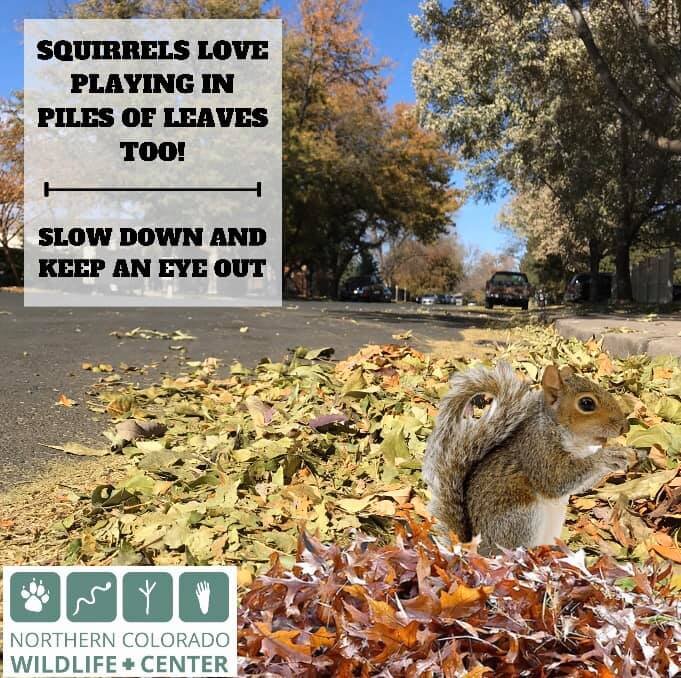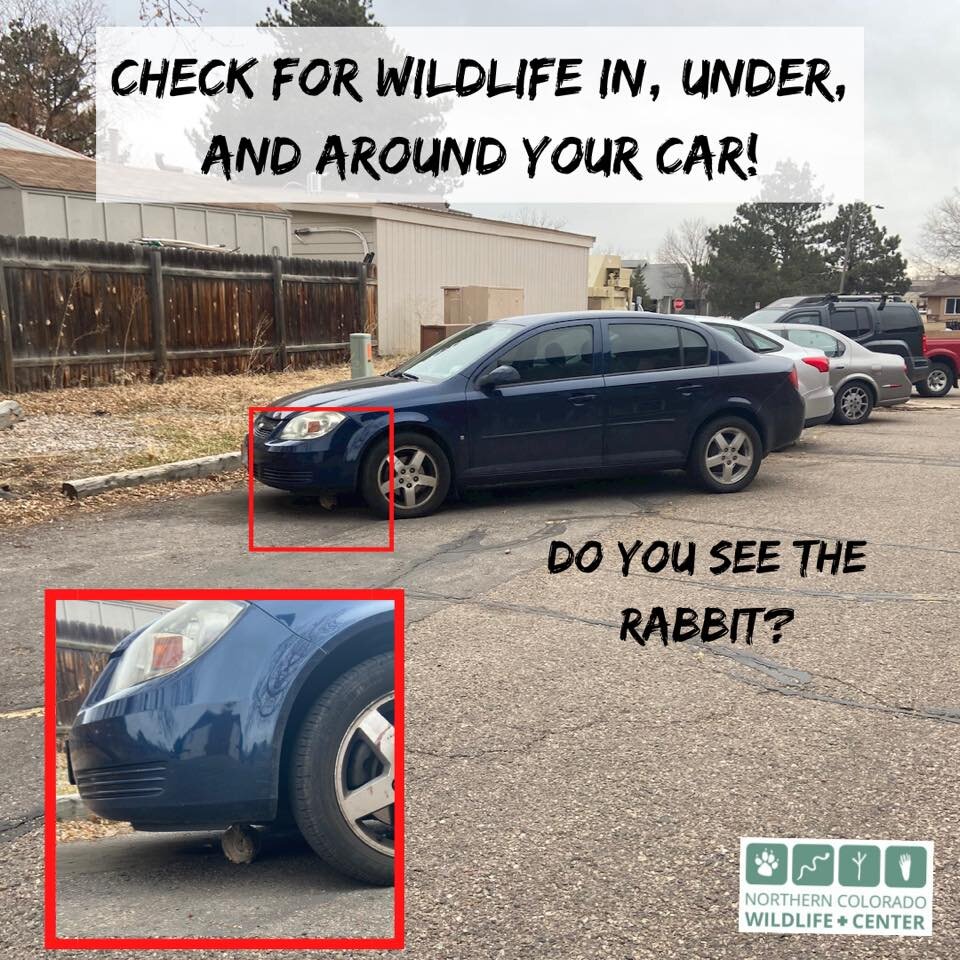Small Mammal Education
Native Mice
There are 23 species of native mice that live in Colorado. If you are having trouble with mice in your house, sheds, or gardens then purchase some humane spray or granular mammal repellents instead of opting for a lethal option such as traps or poisons. Mice make great mothers and babies that are accidentally separated from the mother can often times be reunited.
Prairie Dogs
Prairie dogs have a range of vocalizations, and they are mostly used for defensive purposes. These rodents will ‘bark’ and throw their body back to warn the rest of the prairie dogs in their colony of coyotes, hawks, snakes, humans, and other predators nearby.
How Poisons Travel Through the Food Web
Rodent poisons can destroy the entire food web in your community. This is because the poisons will transfer into the animals that eats the rodent after it passes away. This means people are actually poisoning rodents, foxes, owls, snakes, and any other carnivorous animal living in that area.
Fox Squirrels
Baby squirrels are some of the first wildlife babies to arrive in Colorado. Fox squirrels are a common sight in urban centers and are an incredibly adaptable members of the rodent family. Winter is the time of year to make sure unwanted entrances are sealed to nesting sites such as old vehicles, attics, and chimneys if you don’t want your property to become a home for a future squirrel family. Squirrels are also great mothers and babies that fall from nests uninjured can usually be reunited with their parents.
Rodents in Leaf Piles
Humans aren’t the only species that enjoy playing in piles of leaves. During the fall when leaves fall from the trees, rodents will often scurry through them to find food to store for the winter. Because leaf piles naturally build up in the gutters of streets, it is important to be cautious of squirrels and other rodents searching through them. If you do see one crossing the road, safely slow down and stop to allow them to cross. You can put your hazards on to warn surrounding drivers.
Wildlife In and Around Cars
During the cold months and inclement weather, small mammals will often shelter under cars, around the fenders, or in the engine. You can prevent injuring one of these animals by checking around your vehicle and under the hood before turning on your ignition.
Cottontail Babies
Mother cottontails only check on their young in the morning and evening hours. Other than this she leaves them in her grass covered nest. If you find an uninjured baby cottontail, you can place it back into its nest and recover it with loose grass. You can also place string across it to see if mom comes back. If the string pattern is disturbed, then you know mom visited the nest to feed her babies.
Look for Wildlife Before Tree Trimming
Wildlife nest internally and externally in trees. It is important to check each branch and each cavity of a tree for bird and mammal nests before cutting it down. These nests are often protected under state and federal law, so you may have to wait till all babies fledge the nest before being able to cut it down. Winter is a good time for tree cutting.
Jackrabbits
Jackrabbits are actually hares and not rabbits. Black-tailed jackrabbits are a common sight on the prairie grasslands and have babies that are precocial. This means that their babies are born with their eyes and ears open, able to eat on their own for the most part, and able to run.








